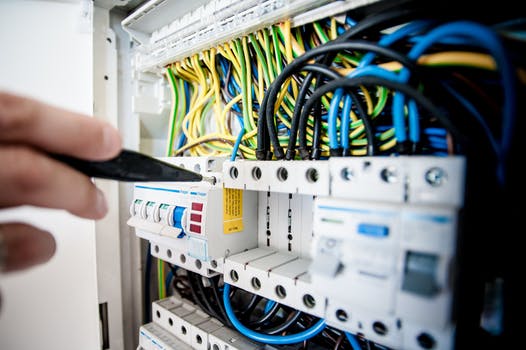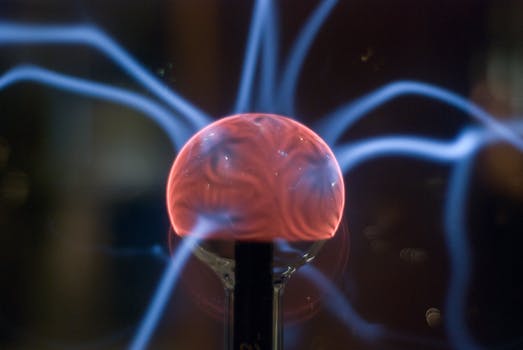TheDeveloperBlog.com
C-Sharp | Java | Python | Swift | GO | WPF | Ruby | Scala | F# | JavaScript | SQL | PHP | Angular | HTML
Software Engineering Software Failure Mechanisms
Software Engineering Software Failure Mechanisms with software engineering tutorial, models, engineering, software development life cycle, sdlc, requirement engineering, waterfall model, spiral model, rapid application development model, rad, software management, etc.
Software Failure MechanismsThe software failure can be classified as: Transient failure: These failures only occur with specific inputs. Permanent failure: This failure appears on all inputs. Recoverable failure: System can recover without operator help. Unrecoverable failure: System can recover with operator help only. Non-corruption failure: Failure does not corrupt system state or data. Corrupting failure: It damages the system state or data. Software failures may be due to bugs, ambiguities, oversights or misinterpretation of the specification that the software is supposed to satisfy, carelessness or incompetence in writing code, inadequate testing, incorrect or unexpected usage of the software or other unforeseen problems. Hardware vs. Software Reliability
There are two significant differences between hardware and software curves are: One difference is that in the last stage, the software does not have an increasing failure rate as hardware does. In this phase, the software is approaching obsolescence; there are no motivations for any upgrades or changes to the software. Therefore, the failure rate will not change. The second difference is that in the useful-life phase, the software will experience a radical increase in failure rate each time an upgrade is made. The failure rate levels off gradually, partly because of the defects create and fixed after the updates. The upgrades in above figure signify feature upgrades, not upgrades for reliability. For feature upgrades, the complexity of software is possible to be increased, since the functionality of the software is enhanced. Even error fixes may be a reason for more software failures if the bug fix induces other defects into the software. For reliability upgrades, it is likely to incur a drop in software failure rate, if the objective of the upgrade is enhancing software reliability, such as a redesign or reimplementation of some modules using better engineering approaches, such as clean-room method. A partial list of the distinct features of software compared to hardware is listed below: 
Failure cause: Software defects are primarily designed defects. Wear-out: Software does not have an energy-related wear-out phase. Bugs can arise without warning. Repairable system: Periodic restarts can help fix software queries. Time dependency and life cycle: Software reliability is not a purpose of operational time. Environmental factors: Do not affect Software reliability, except it may affect program inputs. Reliability prediction: Software reliability cannot be predicted from any physical basis since it depends entirely on human factors in design. Redundancy: It cannot improve Software reliability if identical software elements are used. Interfaces: Software interfaces are merely conceptual other than visual. Failure rate motivators: It is generally not predictable from analyses of separate statements. Built with standard components: Well-understood and extensively tested standard element will help improve maintainability and reliability. But in the software industry, we have not observed this trend. Code reuse has been around for some time but to a minimal extent. There are no standard elements for software, except for some standardized logic structures. |
Related Links:
- Software Engineering | Object Oriented Design
- Software Engineering Data Flow Diagrams
- Software Engineering | Software Maintenance Cost Factors
- Software Installation on Mac
- Software Engineering | ISO 9000 Certification
- Learn Software Testing Tutorial
- How to Software Installation on CentOS
- Software Engineering | Structured Programming
- Software Engineering | Risk Management Activities
- Software Processes
- SDLC - Software Development Life Cycle
- Agile Model (Software Engineering)
- Iterative Model (Software Engineering)
- Software Engineering | User Interface Design
- Software Engineering | Coding
- Software Engineering | Programming Style
- Software Project Management Tools
- Software Engineering | Software Metrics
- Software Engineering | Personnel Planning
- Software Engineering | Software Requirement Specifications
- Rapid Application Development Model | RAD Model
- Spiral Model (Software Engineering)
- V-model (Software Engineering)
- Software Engineering Software Fault Tolerance
- Software Engineering | Jelinski and Moranda Model
- Software Engineering | Basic Execution Time Model
- Software Engineering Institute Capability Maturity Model (SEICMM)
- Software Engineering | People Capability Maturity Model (PCMM)
- Software Engineering Tutorial
- Incremental Model (Software Engineering)
- Big-Bang Model (Software Engineering)
- Prototype Model (Software Engineering)
- Software Project Management
- Software Project Management Activities
- Software Engineering | Size Oriented Metrics
- Software Engineering | Information Flow Metrics
- Software Engineering | Cyclomatic Complexity
- Software as a Service | SAAS
- Software Engineering | Case Tools For Software Metrics
- Software Engineering Software Reliability Metrics
- Software Virtualization
- Software Engineering | Software Project Planning
- Software Engineering | Software Cost Estimation
- Software Engineering | Project Scheduling
- Top 49 Software Engineering Interview Questions (2021)
- Software Engineering Data Dictionaries
- Software Engineering | Software Confriguration Management
- Software Engineering | Extended Function Point (EFP) Metrics
- Software Engineering | Data Structure Metrics
- Software Engineering | Software Quality
- Software Engineering | Software Design
- Software Engineering | Software Design Principles
- Software Engineering | Coupling and Cohesion
- Software Engineering Software Reliability
- Software Engineering Software Failure Mechanisms
- Software Engineering Software Reliability Measurement Techniques
- Software Engineering | Software Reliability Models
- Software Engineering | Musa-Okumoto Logarithmic Model
- Software Engineering | Six Sigma
- Software Engineering | Software Maintenance
- Software Engineering | Goel-Okumoto (GO) Model
- Software Engineering | Causes of Software Maintenance Problems
- Software Engineering Entity-Relationship Diagram
- Software Engineering | Software Quality Assurance
- Software Engineering | Function Oriented Design
- Software Engineering Requirements Analysis
- Top 50 Manual Testing Interview Questions (2021)
- Software Installation in Ubuntu - javaTpoint
- Software Engineering | Risk Management
- SDLC Models
- Software Engineering | Requirement Engineering
- Waterfall Model (Software Engineering)
- Software Engineering | Halstead's Software Metrics
- Software Engineering | Functional Point (FP) Analysis



